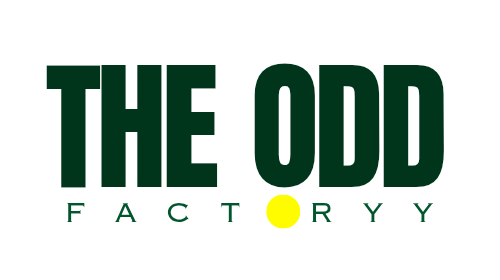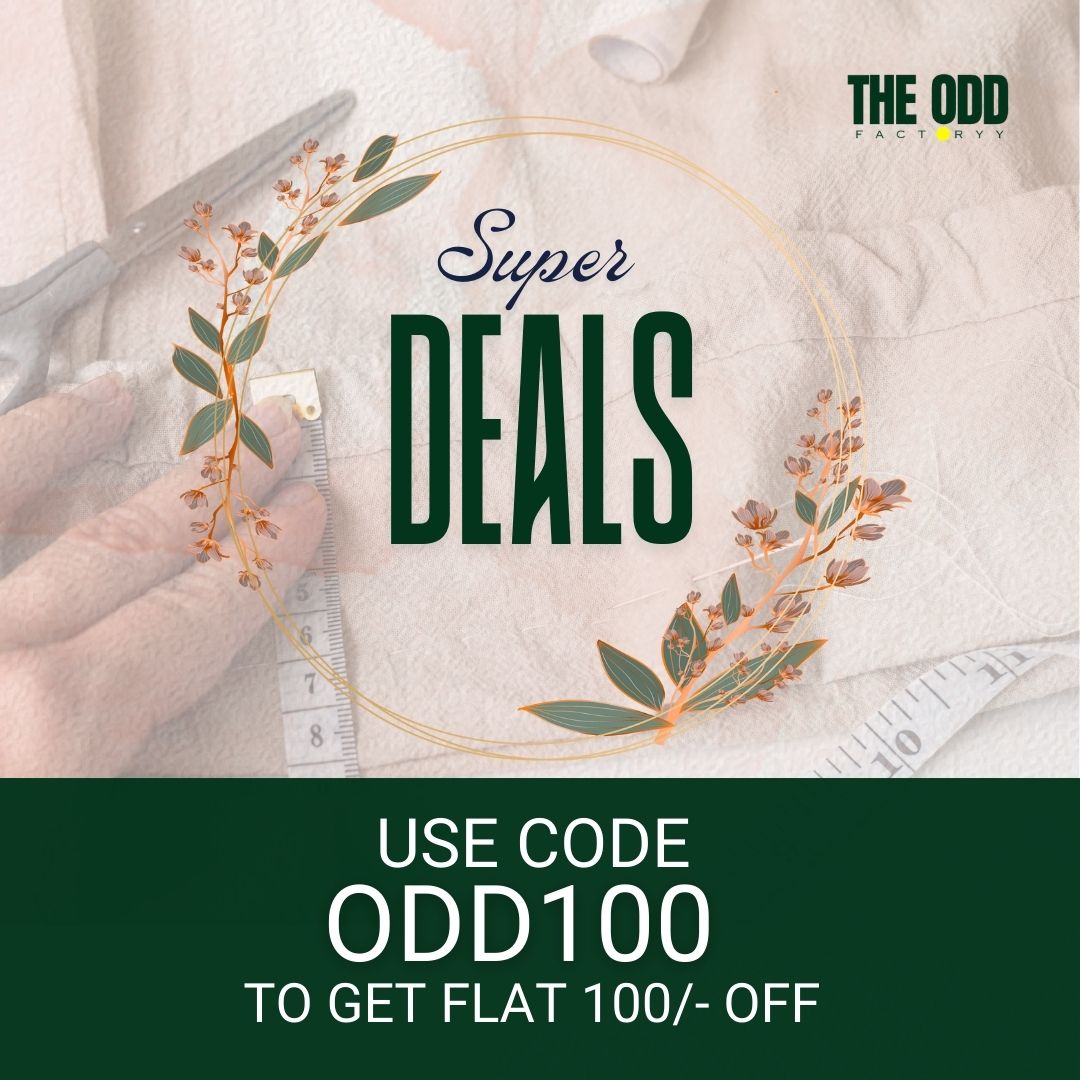Sustainability is the future of fashion—and for good reason. As consumers become increasingly aware of the environmental and social impact of their choices, the demand for sustainable clothing is soaring. If you’re ready to step into the world of ethical fashion, this guide will help you lay the foundation for a brand that’s not only responsible but also profitable.
What is Sustainable Fashion?
Sustainable fashion refers to designing, producing, and consuming clothing in ways that reduce environmental harm and promote social equity. Unlike fast fashion, which thrives on mass production and resource depletion, sustainable fashion values:
- Eco-friendly, biodegradable materials
- Recycling and upcycling to reduce waste
- Ethical labor practices
- Transparency in the supply chain
This growing movement is also being supported by global manufacturers—from fabric manufacturers in India to bespoke clothing manufacturers in London—who are embracing responsible production methods.
Why is Sustainable Fashion Important?
The fashion industry contributes to nearly 10% of global carbon emissions and 20% of wastewater, making it one of the largest polluters globally. Many workers in fashion supply chains also endure poor conditions and low wages.
Here’s why sustainability matters:
- Reduce Environmental Impact: Fabrics like organic cotton, hemp, and recycled polyester conserve water and reduce emissions.
- Promote Fair Labor: Ethical manufacturers ensure safe conditions and fair wages.
- Meet Consumer Demand: More consumers are prioritizing values like sustainability and ethics in their purchases.
- Enhance Brand Reputation: A commitment to sustainability helps you stand out in a crowded market.
- Support the Circular Economy: Reuse, recycle, and upcycle to keep materials in circulation longer.
Sustainable Materials and Sourcing
Choosing the right materials is a foundational step.
Eco-Friendly Fabrics:
- Organic Cotton – Uses less water and no harmful pesticides
- Hemp – Grows quickly, requires minimal resources
- Recycled Polyester – Converts plastic waste into new fabric
- Bamboo – Renewable, soft, and biodegradable
- Plant-Based Fabrics – Tencel, linen, and hemp are great low-impact options
Certifications to Look For:
- GOTS (Global Organic Textile Standard)
- OEKO-TEX Standard 100
Supplier Tip:
Work with fabric manufacturers in India that adhere to sustainability standards. Many now also offer low-impact options and collaborate with Fabric Dyes manufacturers in India that use plant-based or non-toxic dyes.
Ethical Manufacturing Processes
Your production process must align with your sustainability goals. Ethical manufacturing ensures both environmental responsibility and fair working conditions.
Best Practices Include:
- Fair wages and safe conditions
- Low-impact dyeing methods
- Zero-waste cutting techniques
- Transparent supply chains
- Energy-efficient machinery
- Use of non-toxic dyes from trusted Fabric Dyes manufacturers in India
The ODD Factory, a leading sustainable clothing manufacturer in India, provides these ethical services and more—including small-batch production, upcycling, and transparency.
Manufacturing Sustainable Fashion
This is where your design vision comes to life.
- Partner with the Right Manufacturer: The ODD Factory is ideal for brands looking for bespoke clothing manufacturers for startups in India. They offer full support—from sampling to final production.
- Use Technology: Leverage software to track waste, streamline patterns, and manage the supply chain.
- Test and Prototype: Create eco-conscious samples before launching mass production.
How to Start a Sustainable Fashion Brand: Step-by-Step
1. Define Your Mission and Values
Is your focus environmental, social, or both? Establish this early to guide every decision ahead.
2. Conduct Market Research
Identify your niche. Who is your audience? What’s missing in the current market?
3. Create a Business Plan
Outline production schedules, funding needs, marketing goals, and pricing strategies.
Use an apparel tech pack template to bring structure and precision to your design documentation.
4. Develop Your Brand Identity
Your logo, website, tone of voice, and visuals should reflect sustainability. Also, communicate the why behind your mission.
5. Design a Conscious Collection
- Create timeless, versatile garments
- Focus on fewer, high-quality pieces
- Ensure every design has purpose
6. Build Your Brand
- Use eco-friendly packaging
- Share your sustainability story
- Collaborate with influencers aligned with your values
7. Secure Funding
Look into sustainable business grants, crowdfunding, or ethical investor networks.
8. Choose the Right Manufacturing Partner
- The ODD Factory offers scalable solutions and deep expertise in sustainable manufacturing.
- They also work with brands across regions—from clothing manufacturers in New York to bespoke clothing manufacturers in London, providing global flexibility with local ethics.
9. Create a Strong Online Presence
Your website and social platforms should showcase your collection and story.
- Educate consumers on your sustainable materials
- Share behind-the-scenes manufacturing processes
- Highlight your ethical partnerships
10. Set Up Your Supply Chain
From material sourcing to packaging, every part should align with your sustainability goals.
11. Launch and Promote Your Brand
- Use social media to share your journey
- Partner with eco-conscious influencers
- Promote collaborations with ethical manufacturers like The ODD Factory
12. Monitor, Evaluate, and Improve
Track environmental impact, customer feedback, and product performance. Stay flexible and innovative as you grow.
Final Thoughts
Building a sustainable fashion brand is more than a trend—it’s a movement toward ethical responsibility and long-term success. With the right partners, clear values, and smart strategies, you can create a fashion brand that stands out for the right reasons.
Whether you’re launching from India, collaborating with clothing manufacturers in New York, or eyeing bespoke clothing manufacturers in London, the message remains the same—conscious fashion is the future.
💚 With trusted partners like The ODD Factory, you’re not just starting a brand—you’re shaping a better industry.



